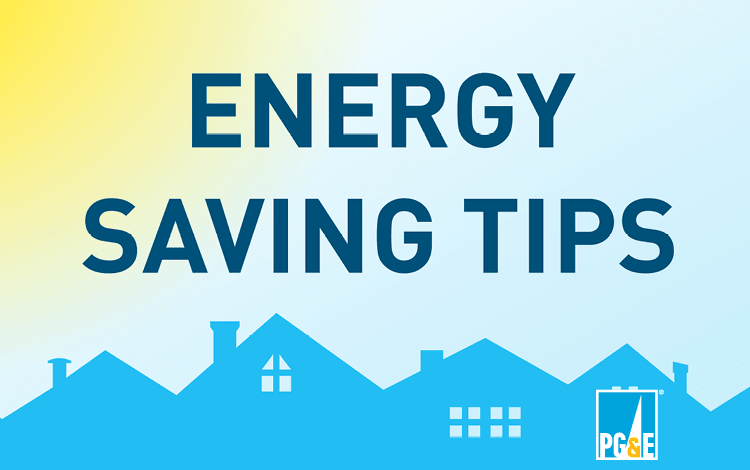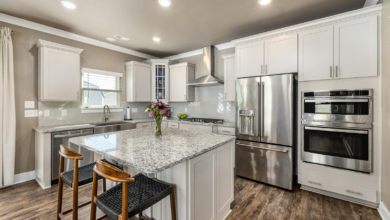Optimizing Your Home’s Cooling Efficiency: Tips and Tricks for Every Homeowner

Keeping your home cool can sometimes feel like a full-time job, especially during the sweltering summer months. Effectively managing the upkeep of your home’s cooling system not only boosts comfort but also trims energy expenses while prolonging your equipment’s lifespan. Whether you’re considering professional air conditioning service repair in Tulsa OK or looking for ways to make your home more energy-efficient, these tips will guarantee the smooth and efficient operation of the cooling system.
Understanding the dynamics of home cooling can lead to smarter decisions for both immediate comfort and long-term savings. From routine maintenance to smart adjustments and leveraging natural ventilation, these strategies can make a substantial difference in keeping your home efficiently cool.
Understanding the Basics of Home Cooling
Firstly, it’s essential to understand how common cooling systems, such as central air conditioning and ductless systems, work. Central air conditioning systems employ a system of ducts and vents to evenly disperse cooled air throughout the entire house, whereas ductless systems rely on individual units in different rooms, offering customizable cooling options.
Essential elements like the compressor, condenser, and evaporator are crucial for facilitating the cooling process. The compressor circulates refrigerant through the system, the condenser releases heat outside, and the evaporator cools the indoor air. Regular maintenance and understanding how these components work together can significantly improve your system’s performance and longevity, making your home more comfortable and your system more reliable.
Routine Maintenance for Your Cooling System
Consistent maintenance is essential to maximize the effectiveness of any cooling system, guaranteeing efficiency and extending its lifespan. Routine maintenance tasks such as cleaning or replacing filters, monitoring refrigerant levels, and inspecting the system for any visible signs of wear and tear is crucial to ensure that your AC unit operates smoothly.
DIY Maintenance Tips:
- Replace or clean air filters monthly during peak usage. Clogged filters can reduce airflow and force your system to work harder, leading to higher energy consumption and potential damage.
- Inspect and clean the external unit to remove debris. Ensure that the area around the unit is clear of leaves, dirt, and other debris that can obstruct airflow.
- Check ductwork for leaks and ensure it’s properly sealed. Ducts with leaks can squander up to 30% of cooled air, compelling the system to exert more effort to sustain the desired temperature.
While some maintenance tasks can be done by homeowners, scheduling regular professional check-ups is beneficial for a thorough assessment. Professional technicians can identify and address problems that may not be visible to the untrained eye, Guaranteeing that your system operates at its highest efficiency levels year-round.
Easy Adjustments to Boost Efficiency
Minor tweaks can lead to substantial enhancements in your cooling efficiency. For instance, setting your thermostat to an optimal temperature, such as 78°F (26°C) when you’re home and higher when you’re away, helps conserve energy and reduce your utility bills. Using a programmable thermostat can automate these settings, making it easier to maintain efficient temperatures without constant manual adjustments.
Improving home insulation and sealing leaks in doors and windows also dramatically enhances cooling efficiency. According to Energy.gov, proper insulation and sealing enable homeowners save up to 10% on total energy costs annually. Insulated walls, attics, and properly sealed windows act as barriers, preventing the escape of cool air and the intrusion of hot air. This ensures that your home remains comfortably cool, requiring less strain on your AC system.
Smart Upgrades to Consider
Modern technology offers several upgrades that can significantly improve cooling efficiency. Installing a programmable or smart thermostat allows precise control over your home’s temperature, ensuring optimal usage and reducing energy waste. These devices adapt to your routine and behaviors, automatically altering the temperature to conserve energy while maintaining comfort levels.
Upgrading to energy-efficient windows and blinds can further reduce the heat entering your home. Energy-efficient windows have low-emissivity (low-E) coatings that reflect infrared light, keeping heat inside during winter and outside during summer. As highlighted by TechRadar, smart home devices are an excellent investment for enhancing energy efficiency, potentially saving homeowners hundreds of dollars every year on heating and cooling costs.
Leveraging Natural Ventilation
Natural ventilation techniques can significantly reduce reliance on air conditioning systems. Strategically using windows, fans, and shading can create a natural airflow, providing a cool and comfortable environment without the need for mechanical cooling.
Tips for Effective Natural Ventilation:
- Open windows during cooler parts of the day, such as early morning and late evening, to allow fresh air circulation and reduce indoor temperatures naturally.
- Utilize ceiling fans to distribute air, creating a cooling breeze that enhances comfort. Ceiling fans create a perception of several degrees cooler in a room, enabling you to raise the thermostat setting and reduce energy expenses.
- Install curtains to block direct sunlight. Using reflective window films or light-colored drapes can minimize heat gain through windows, keeping your home cooler during the hottest part of the day.
Behavior Changes to Enhance Efficiency
Simple behavior changes can lead to substantial improvements in cooling efficiency. Small habits, such as closing blinds during the hottest part of the day and turning off unused appliances, can prevent heat build-up in your home.
Regularly practicing these energy-efficient behaviors makes them part of your daily routine, resulting in a consistently cooler home without additional costs. Consider this: utilizing appliances such as ovens, dishwashers, and dryers during cooler times of the day can decrease the indoor heat generated, thus aiding in the maintenance of a comfortable temperature indoors.
Frequently Asked Questions about Home Cooling Efficiency
How often should I service my air conditioning unit?
It’s recommended to service your air conditioning unit at least once a year, preferably before the start of the cooling season. Regular maintenance helps identify potential issues early, ensuring the system runs efficiently and reliably.
What temperature should I set my thermostat to for optimal efficiency?
For optimal efficiency, set your thermostat to 78°F (26°C) when you’re home and increase it by a few degrees when you’re away. This balance maintains comfort while conserving energy, reducing strain on your cooling system.
Are energy-efficient windows worth the investment?
Absolutely, investing in energy-efficient windows is a wise decision. They minimize heat gain, enhance indoor comfort, and can substantially decrease your energy costs in the long run. While there may be an initial installation expense, the savings accrued from reduced energy bills offset this cost over time.
Conclusion
Optimizing your home’s cooling efficiency involves a combination of regular maintenance, smart upgrades, and simple behavior changes. By implementing these guidelines, you can enjoy a comfortable living environment while cutting back on energy costs. Start adopting these strategies today for a cooler, more efficient home, and experience the benefits of enhanced comfort and reduced utility bills.



